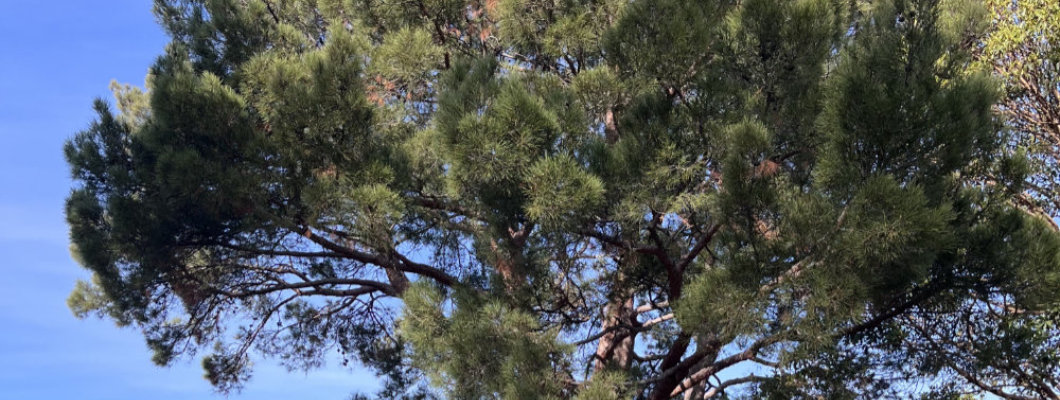
Title image above is copyright © Helen Flynn
First published 25th June 2025
Following the Lone Pine article, two pals have since shared their own sightings in Victoria of this magnificent tree. How could I not do a followup and help spread the word?!
Local pal Sandra was first, seeing a tree here, at Bemm River in Victoria. Again the naming confusion that seems to follow this species complex, but it is what it is…
Please do check out the photos there — I have to assume copyright applies, otherwise I'd reproduce them here.
Thanks heaps Sandra!
Then pen-pal Helen from Melbourne shared the photos below, of a tree in Wattle Park, Melbourne, Victoria, after learning of its existence via this link in the Lone Pine article.
This very tree was grown from seed from the cone retrieved by Private Thomas Keith McDowell from the actual Lone Pine!
Making this indisputably Pinus brutia, the Turkish Pine and not Pinus halepensis, the Aleppo Pine. (The second plaque in the photos below say this too.)
Sadly this and one other tree at Warrnambool's Botanic Gardens are the only two survivors of the four originals grown from that seed.
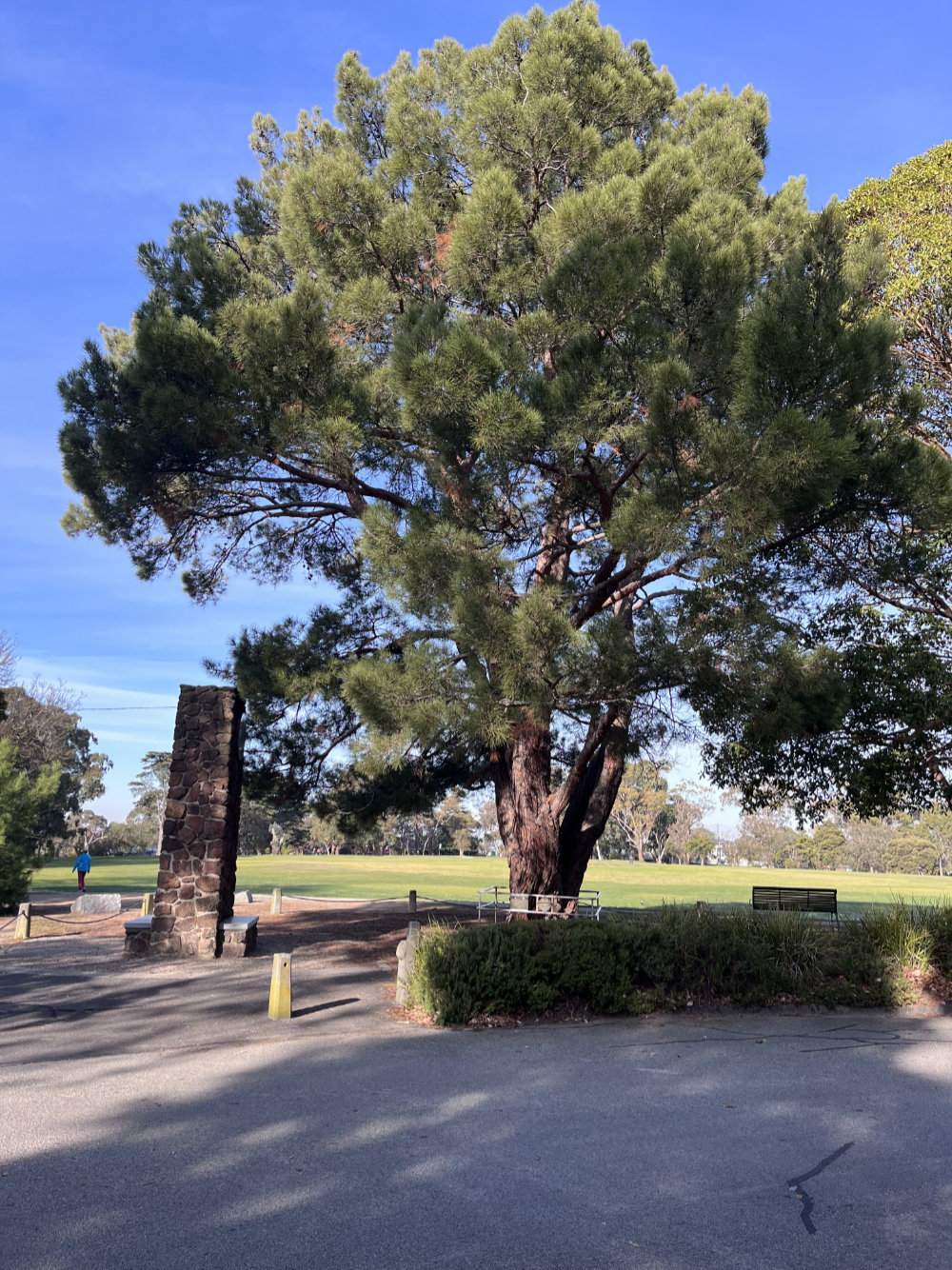
Lone Pine descendant, Wattle Park, Melbourne, Victoria, Australia
copyright © Helen Flynn
She said, “I can’t help but think it has also self sown as its little friend bears a very strong resemblance.”
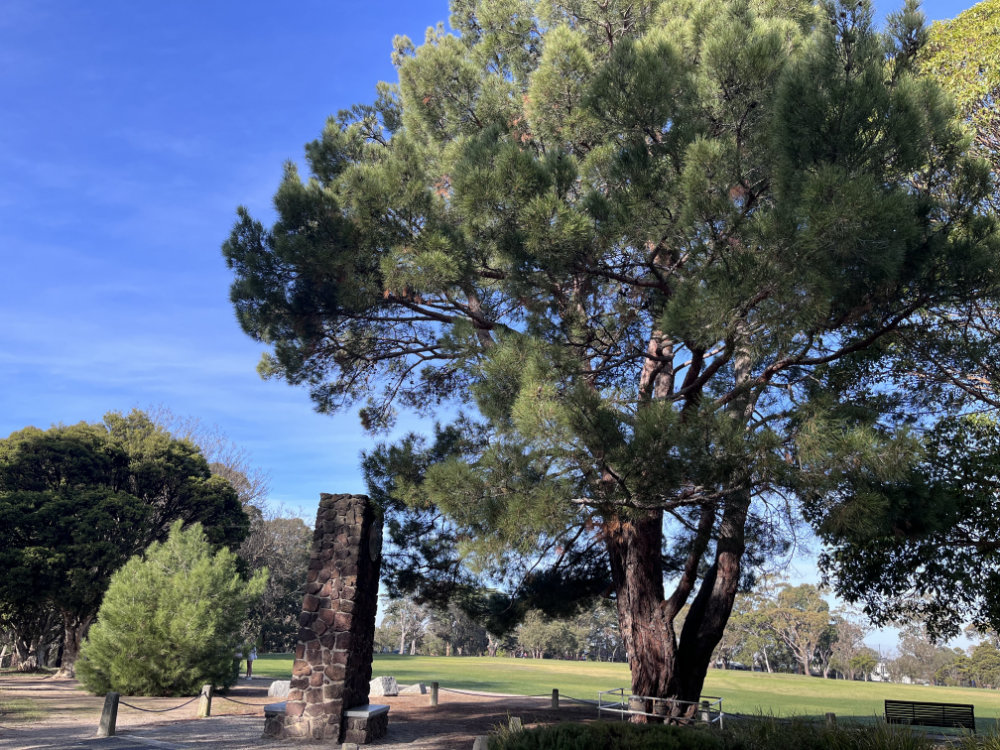
Lone Pine descendant, Wattle Park, Melbourne, Victoria, Australia
copyright © Helen Flynn
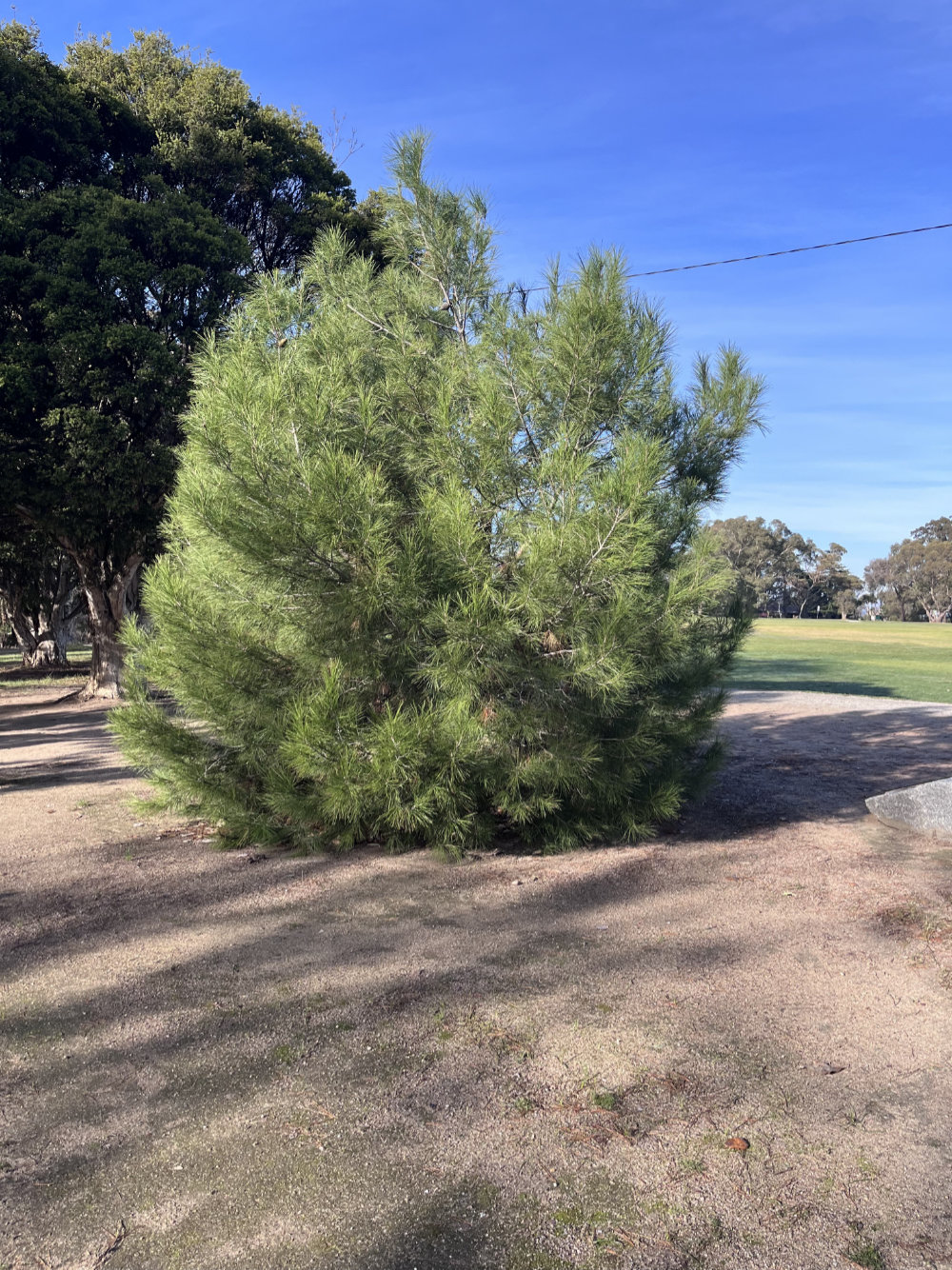
Descendant of the Lone Pine descendant? Wattle Park, Melbourne, Victoria, Australia
copyright © Helen Flynn
The commemorative plaques (click here for a close-up in new tab):
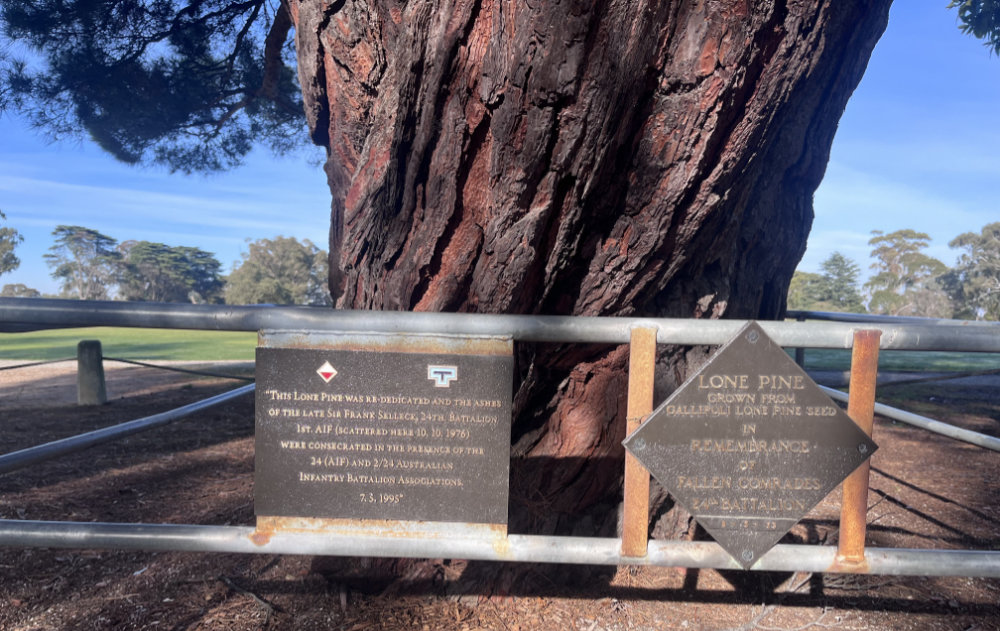
Commemorative plaques by the Lone Pine descendant, Wattle Park, Melbourne, Victoria, Australia
copyright © Helen Flynn
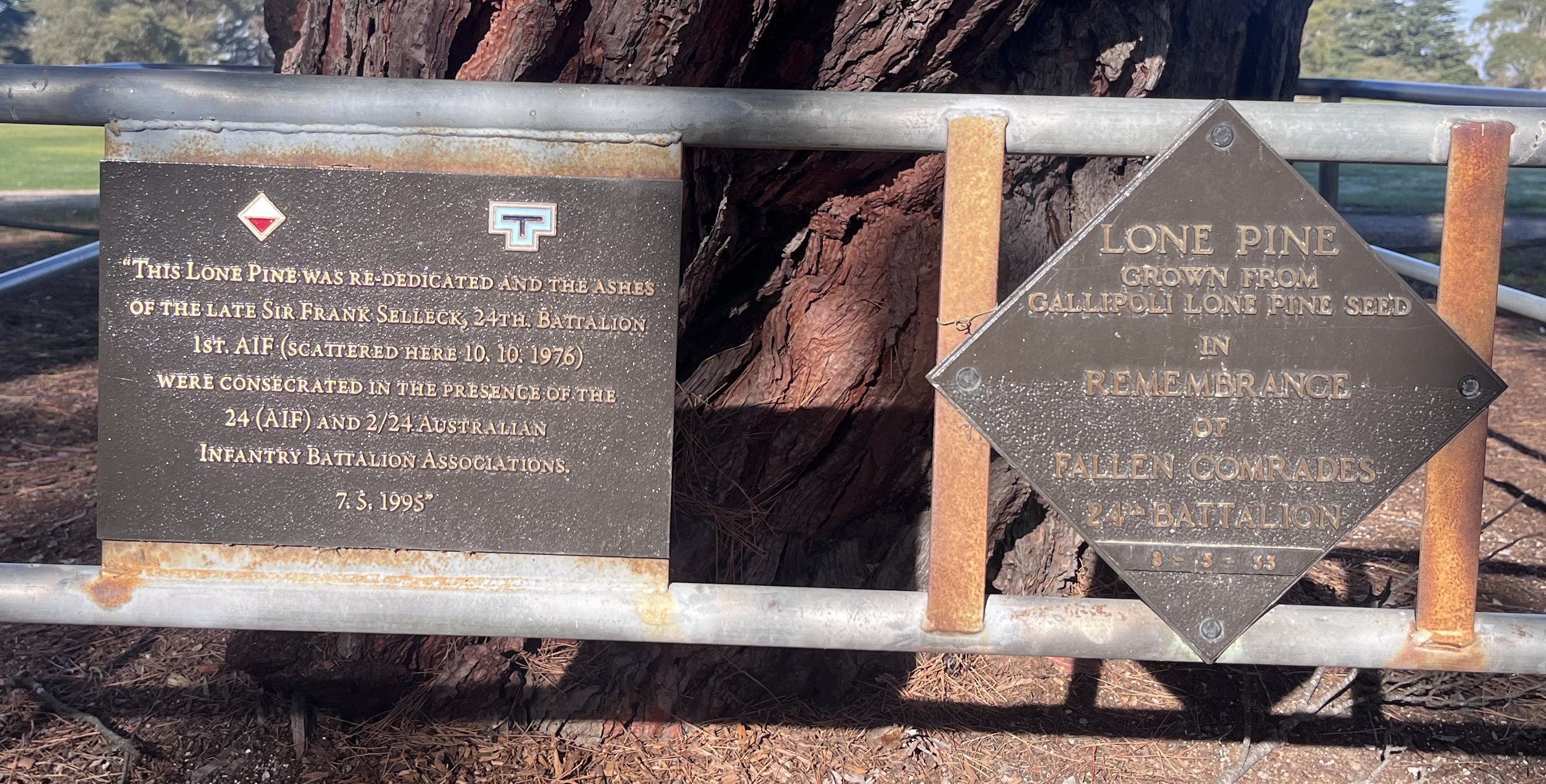
Commemorative plaques by the Lone Pine descendant, Wattle Park, Melbourne, Victoria, Australia
copyright © Helen Flynn
The white and red diamond at top left of the first plaque is the same as atop the plague at the Wollongong Botanic Garden:
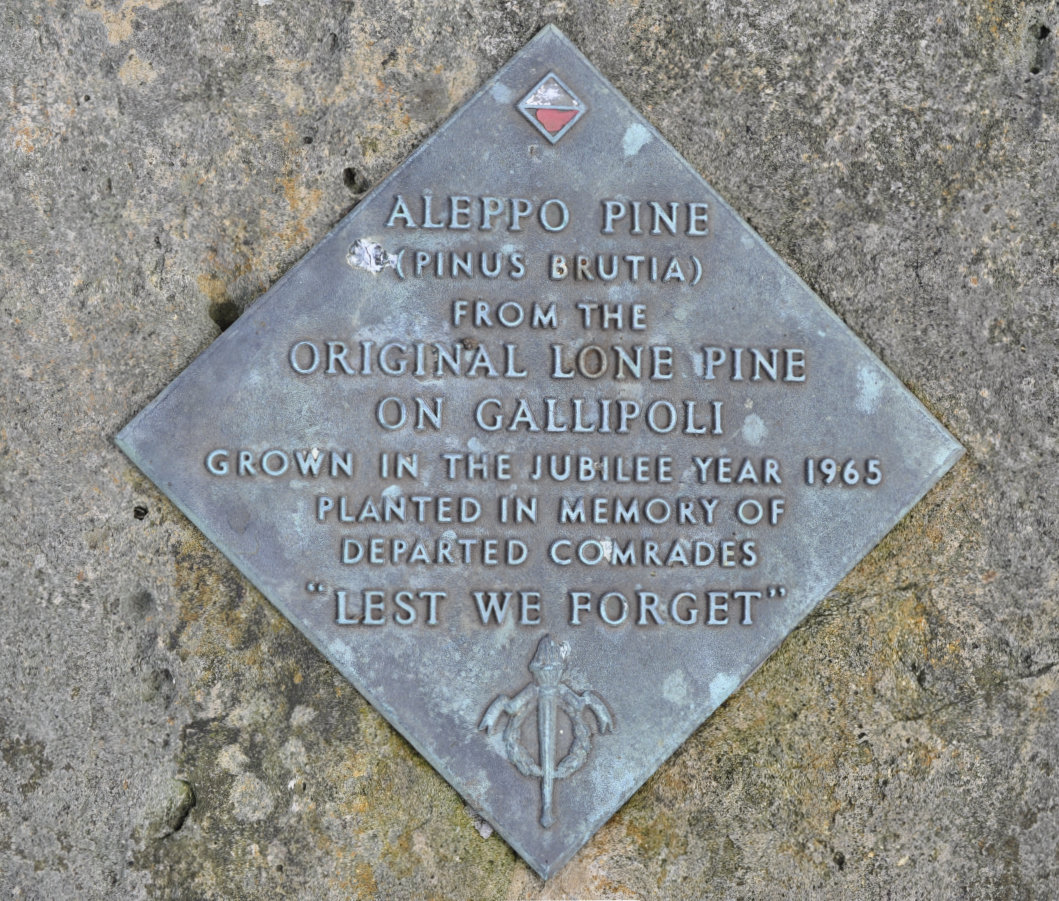
Plaque commemorating the planting of a descendant of The Lone Pine of Gallipoli, located in the Wollongong Botanic Garden, Wollongong, NSW, Australia
copyright © Kristi Ellinopoullos
I'd welcome any Australian military historians' input here, but from here and here: this diamond shape signifies the Second Division of the Australian Imperial Force; the white top half signifies the 4th battalion of any infantry brigade; and the red bottom half signifies all Victorian brigades.
This white on red diamond specifically signifies the 24th Australian Infantry Battalion of the Sixth Brigade of the Second Division of the AIF. (As the fourth battalion of the sixth brigade is the 24th overall.)
The shorthand for this is 2/24th Batt AIF.
Luckily for me, that blue T-shape on the right of the first plaque in Helen's photo popped up while I was searching for the meaning of the diamond, for example here, as I would never have been able to work that one out otherwise! It is a WWII patch of the 2/23rd Batt AIF used from 1942-46.
It originally looked like this, but was changed to the one on the left here after the siege of Tobruk. The T-shape stands for Tobruk.
Thank you ladies both!



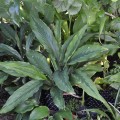




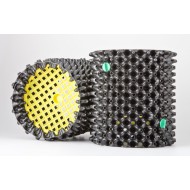


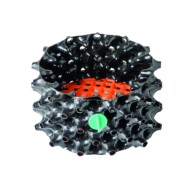
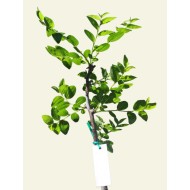

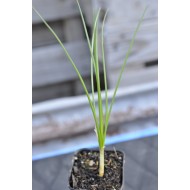
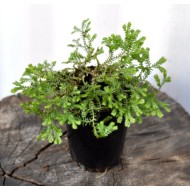
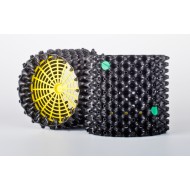
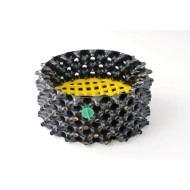
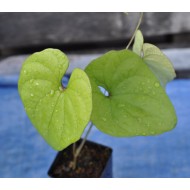

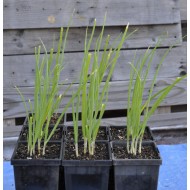
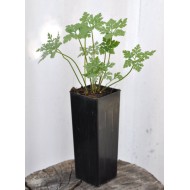
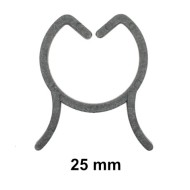
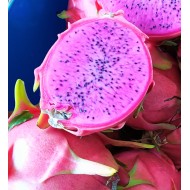

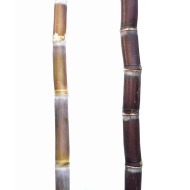
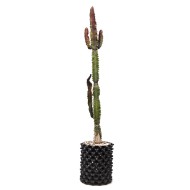
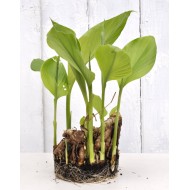

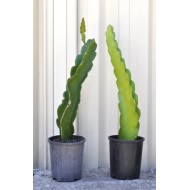
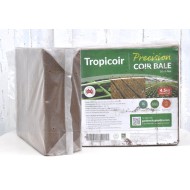
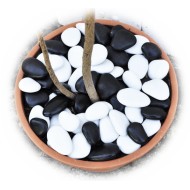
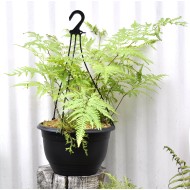
Leave a Comment